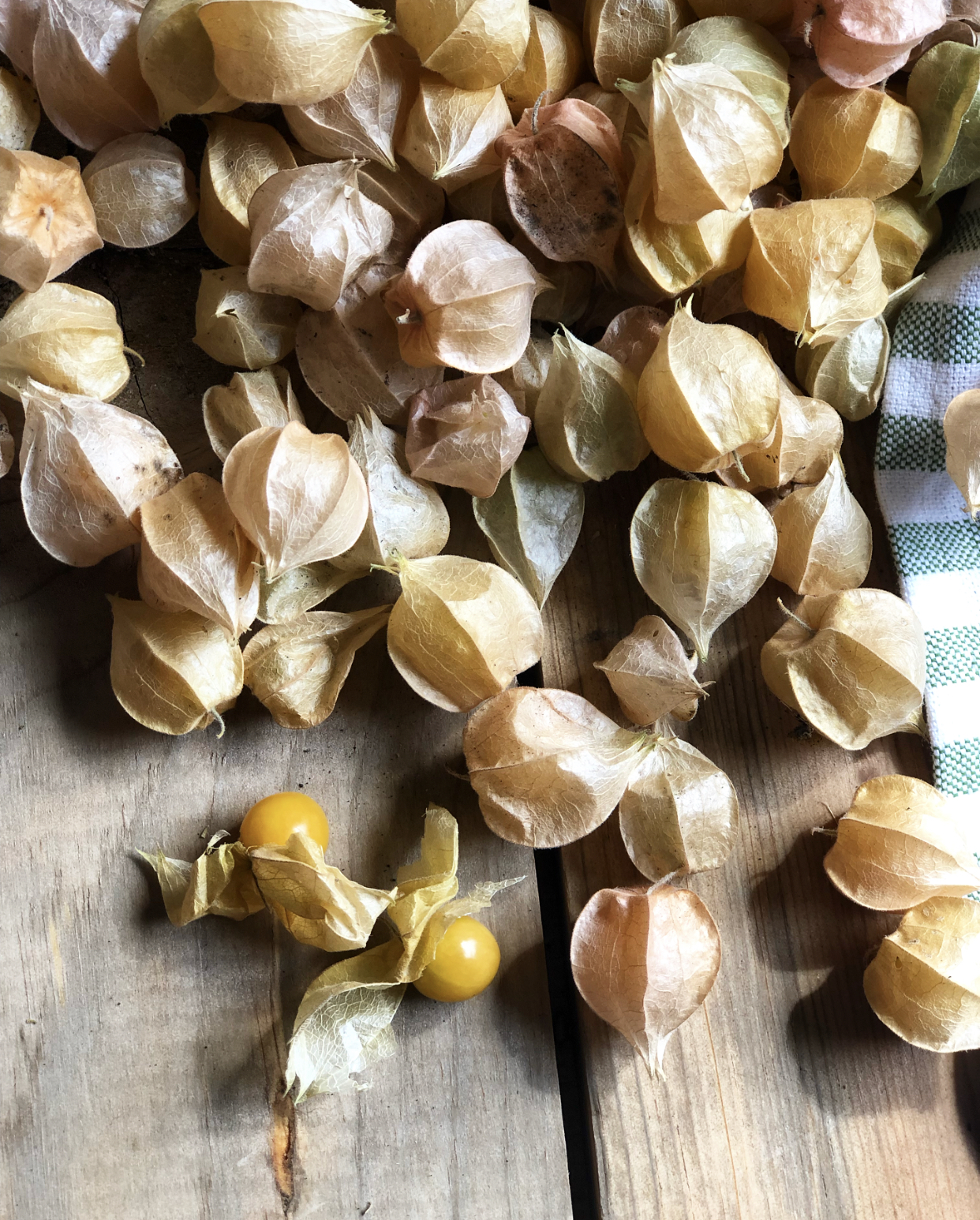Why Native Crops Matter
Farmers market season is in full swing, which means it's the perfect time to buy local native crop varieties. In this post, I'll tell you all about native crops and why you should be buying or growing them.
What are native crops?
Native crops are plant species that are indigenous to a certain region — they weren't imported or transplanted from another part of the world (like happened during the Columbian exchange). You probably know some of the crops that are native to your area, but there are likely loads of others that you've never heard of. In the midwest, crops like pawpaws, aronia berries, ground cherries, morels and persimmons are just the tip of the iceberg.
Why do native crops matter?
Native crops are well suited to local soils and climate, so they don't need a ton of extra nutrients to thrive. This is often not the case with non-native crops, which need special treatment like added fertilizers and pesticides to grow properly outside of their home region. Most native plant species can also complement other native species, meaning that they can give and take nutrients from the soil that are different from the nutrients that their complementary plants give and take. This trade-off system creates robust soils that are not devoid of any nutrients. And of course, healthy soils encourage diverse and productive ecosystems, which are resilient to invasive species, natural disasters, pests and disease.
Soil health, biodiversity and productivity are going to become even more important in the future as populations increase and climate change threatens many crop varieties. Unfortunately, crop diversity has only decreased in the last century. The FAO reports that just 12 plant and 5 animal species make up 75 percent of the world’s food. On top of that, since the 1900s, 75 percent of plant genetic diversity has been lost.
This lack of diversity could spell danger for our future. For example, if a super pest wipes out one of our top 12 crop species, a huge percentage of our food may become unavailable, leaving many people without adequate food. A similar wipeout was one reason for the Irish potato famine of the mid-1800s. On the other hand, if we relied on a wider variety of crops we would be much more resilient in the case of super pests or diseases.
Of course, the issue of overreliance on too few crops is uber complex and will require widespread agricultural and economic changes (like eating less meat, feeding livestock fewer grains and relying on fewer corn- and soy-based products) to fully solve. However, changing your own purchasing habits and spreading awareness about the importance of agrobiodiversity and unique native crops can help start a trend toward more sustainable food systems.
Where can I find native produce?
This is the tricky part: finding native produce that's available to consumers. My best suggestion is to ask around at the farmers market. Research native crops in your area and ask if your local farmers know anyone who grows them. Chances are, you won't find many farmers who grow native crops. However, just talking to farmers about this issue will show them that consumers are interested in unique native crops and care about the sustainability of their food.
Alternatively, you could grow native crops in your very own garden. Personally, I grow ground cherries in my garden (pictured above), which are a fairly uncommon crop native to the Midwestern U.S. However, even seeds for native crops can be pretty tricky to find. Ask your avid gardener friends, your parents or grandparents, or any other naturalists you can find. Someone in your community will likely have the low-down about the tastiest native crops, so don't be afraid to ask around and get planting.

